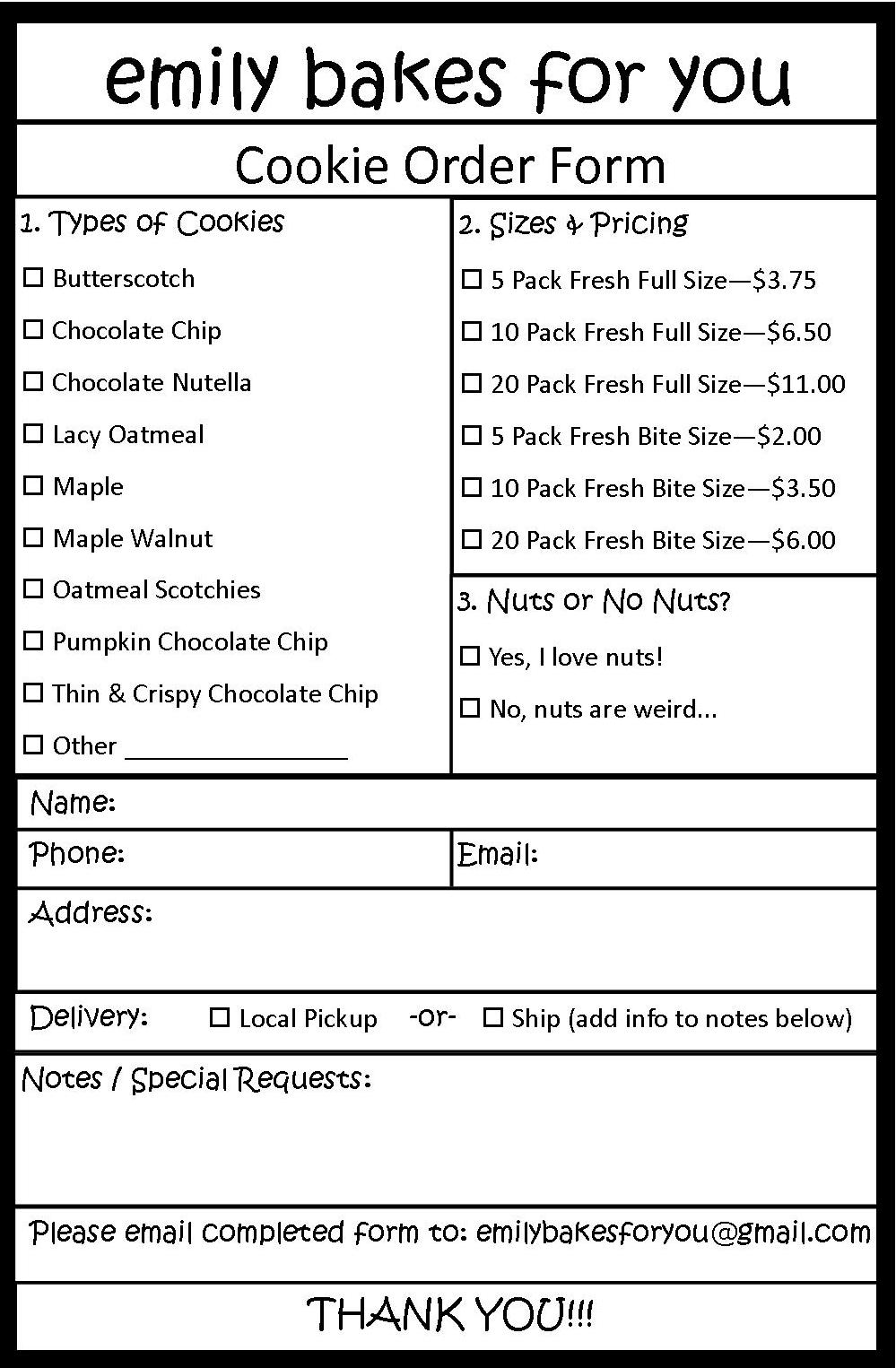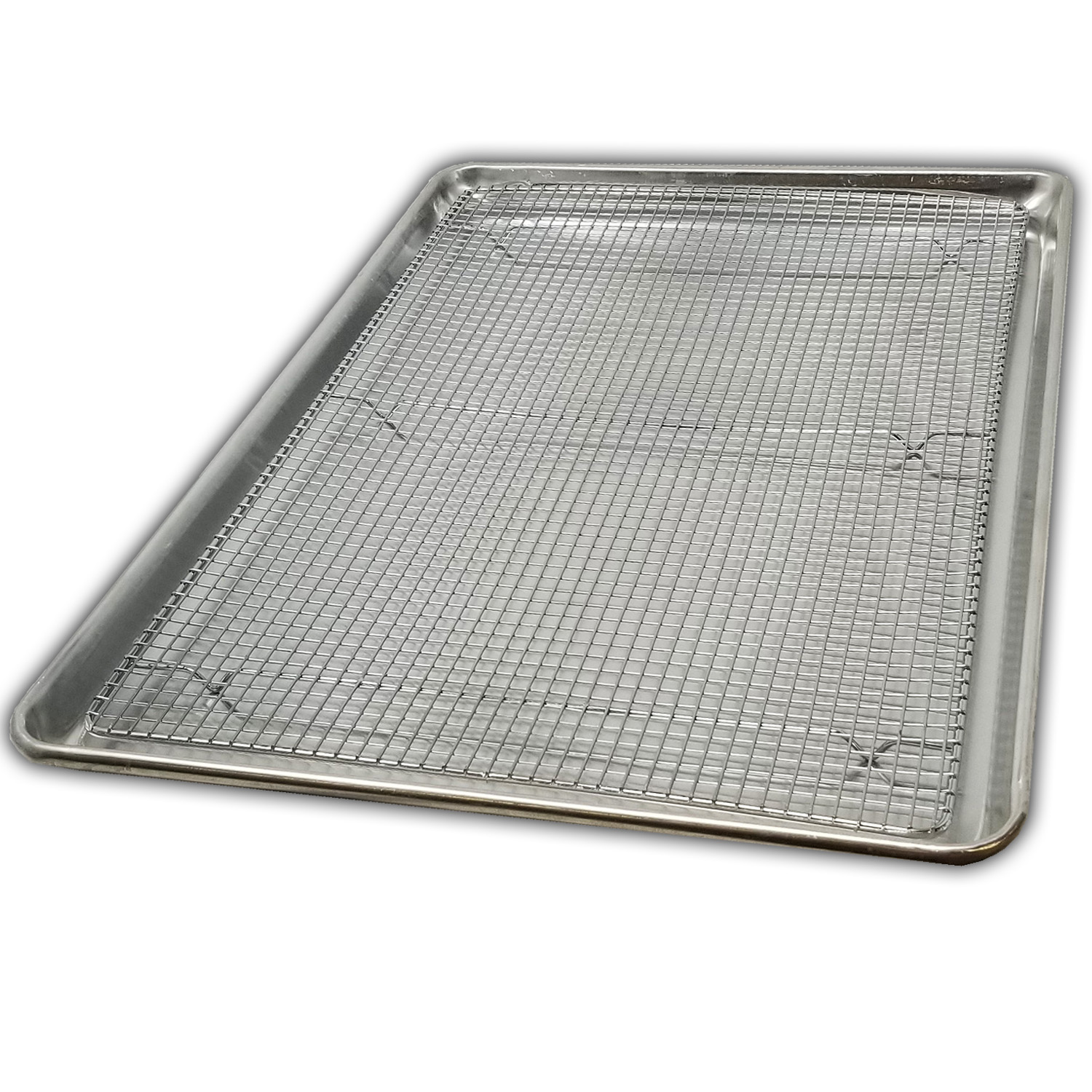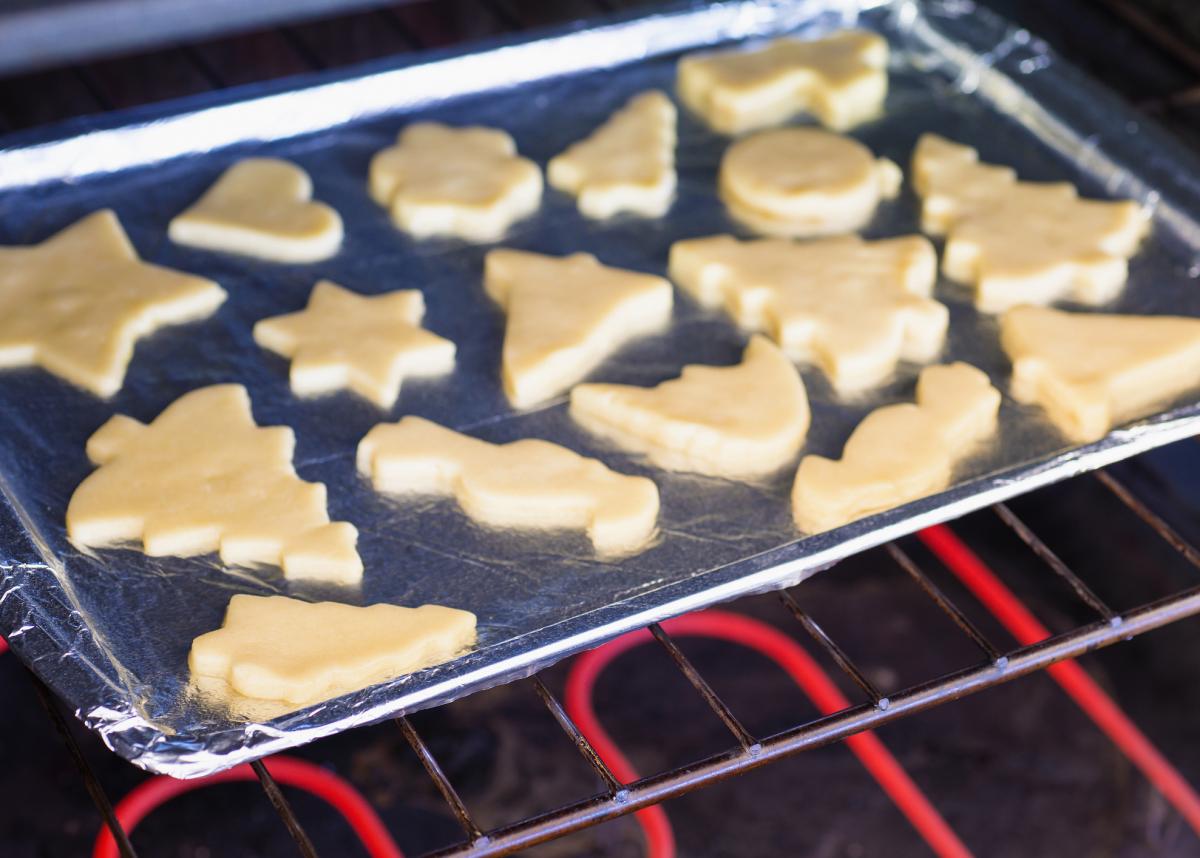

Cookies: Use jelly roll pans to make smaller batches of cookies.

And, unlike foil, parchment is porous, so when made into a packet it allows some steam to escape, which can be beneficial if you want to avoid your dish getting soggy. Brownies: A jelly roll pan is excellent for baking brownies because the higher-rimmed edges contain the thick brownie batter. The baking sheet, cookie sheet, and most common bakeware for that matter can withstand the same amount of heat up to 500F (260C), which is plenty enough for any standard oven and recipe you decide to make. Most baking sheets, or baking pans, have four, distinctly raised edges, while a cookie sheet typically has zero, one, or two slightly raised edges. Parchment is recommended for use up to 420 to 450 degrees F, hotter than that and the paper will start to brown and crisp, so it’s not the best choice to use under the broiler. The cookie sheet on the other hand has its space wide open, so you can fit more cookies on. The difference between a baking sheet and a cookie sheet is all in the edges of the sheets.
#BAKING SHEET VS COOKIE SHEET FULL#
It’s typically made of aluminum and commonly offered in three different sizes: full sheet pans, half sheet pans, and quarter sheet pans. The most common size jelly roll pan is will be approximately 12 by 18 inches. A sheet pan is a rectangular baking pan with a flat, large surface area baking surface and a raised rim. The distinguishing feature of a jelly roll pan and what differentiates it from a true cookie sheet is that it has a raised edge. A jelly roll pan is a flat pan and does a pretty good job at baking cookies. When it comes to cookies and other doughs, the slight texture of the parchment paper helps reduce spread, as it gives something for the dough to stick to and also slightly absorbs excess fat, helping crisp the edges of baked goods. The jelly roll pan is sometimes mistaken for a cookie sheet.

#BAKING SHEET VS COOKIE SHEET PROFESSIONAL#
Lining cake pans with parchment is the gold standard with professional bakers - in addition to baking evenly, it reduces the amount of crumbs (helpful when frosting), and makes removing the cake from the pan easier. When baked with parchment paper, they will come out more consistent and even. This is especially beneficial for baked goods, including cookies, cakes and breads. Parchment’s strength is that it helps bake evenly by creating a thin layer of air between the baking sheet and the paper, which helps insulate, regulate temperature and neutralize hot spots.


 0 kommentar(er)
0 kommentar(er)
